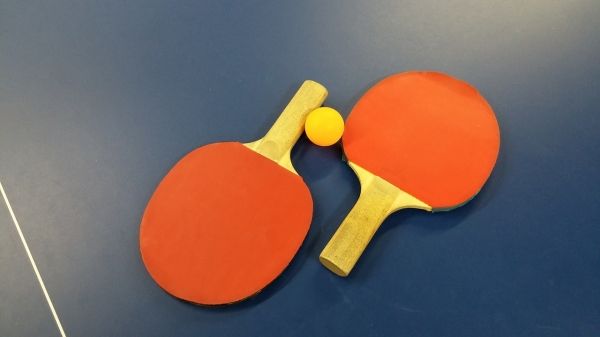Pingpong may hold promise as a possible form of physical therapy for Parkinson’s disease. People with Parkinson’s who participated in a pingpong exercise program once a week for six months showed improvement in their Parkinson’s symptoms, according to a preliminary study released today that will be presented at the American Academy of Neurology's 72nd Annual Meeting in Toronto, Canada, April 25 to May 1, 2020.
Parkinson’s disease is a movement disorder in which a chemical in the brain called dopamine is gradually reduced. This process results in slowly worsening symptoms that include tremor, stiff limbs, slowed movements, impaired posture, walking problems, poor balance and speech changes.
“Pingpong, which is also called table tennis, is a form of aerobic exercise that has been shown in the general population to improve hand-eye coordination, sharpen reflexes, and stimulate the brain,” said study author Ken-ichi Inoue, M.D., of Fukuoka University in Fukuoka, Japan. “We wanted to examine if people with Parkinson’s disease would see similar benefits that may in turn reduce some of their symptoms.”
The study involved 12 people with an average age of 73 with mild to moderate Parkinson’s disease. The people had been diagnosed with Parkinson’s for an average of seven years.
Read more at American Academy of Neurology
Photo Credit: juliox via Pixabay


